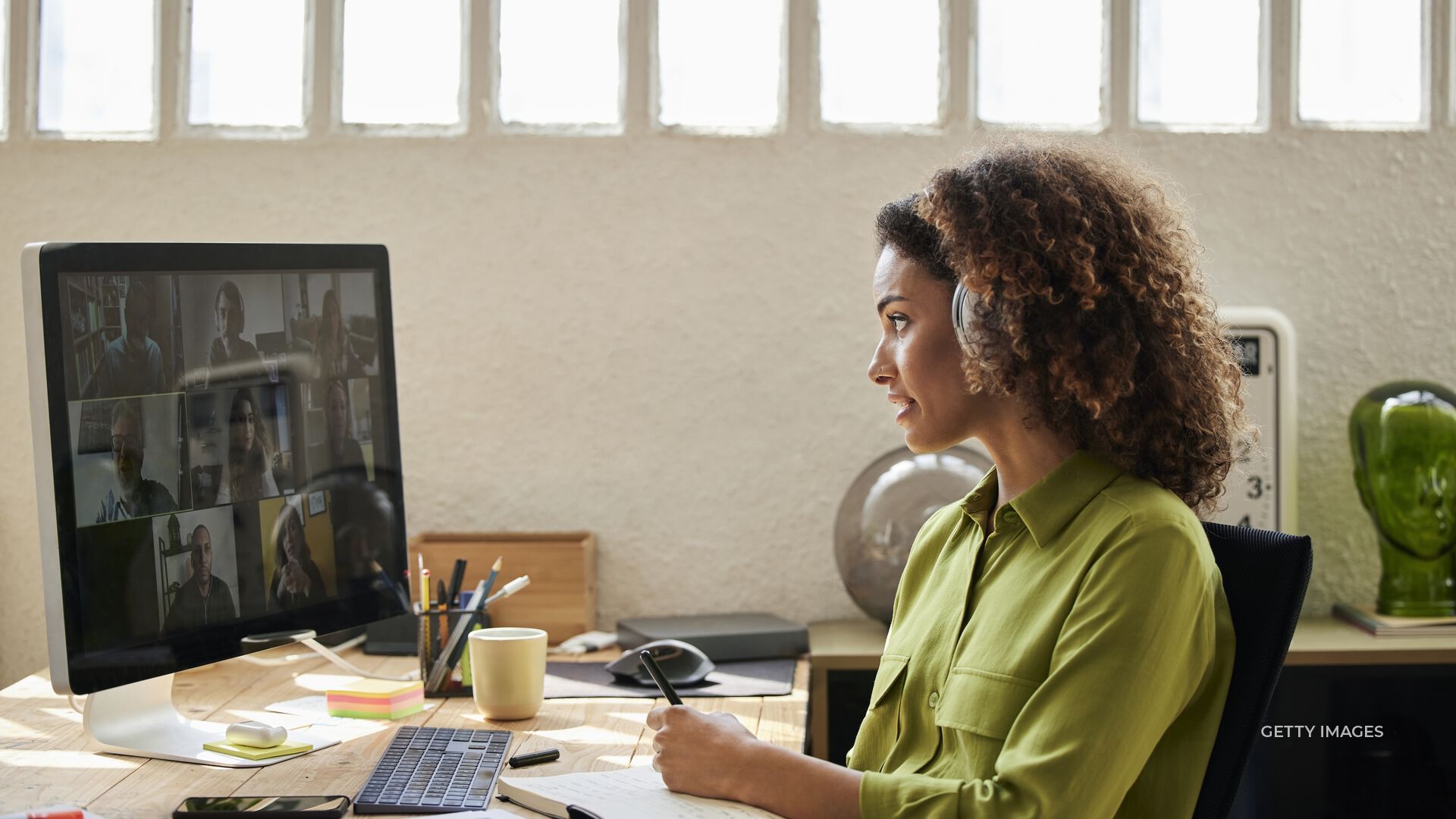
THE COVID-19 PANDEMIC STARTED A TREND THAT MAY NOT TAPER OFF.
THE SHIFT TO REMOTE WORK.
A NEW STUDY FROM THE FEDERAL RESERVE BANK OF NEW YORK SHOWS…
PEOPLE ARE PUTTING TIME SAVED ON WORK COMMUTES TO USE.
SAVING ANYWHERE FROM 30 MINUTES TO 2 HOURS ON A ROUND TRIP TO WORK HAS GIVEN AMERICANS SOME EXTRA FREE TIME BEFORE THEY PUNCH THE CLOCK.
THE STUDY FINDS THAT AMERICANS ARE SPENDING THE EXTRA TIME EITHER SLEEPING A LITTLE LONGER…OR PARTICIPATING MORE IN LEISURE ACTIVITIES.
LIKE GOING FOR WALKS OR WORK AROUND THE HOUSE.
WHILE THE AMOUNT OF WORK DONE…DID DECREASE.
WITH NEARLY A THIRD OF EMPLOYEES STILL WORKING FROM HOME IN SOME CAPACITY…
REMOTE WORK IS ALSO BEING CREDITED FOR A SLIGHT BABY BOOM.
SOME EXPERTS SAYING IT MIGHT EVEN BE ENOUGH TO REVERSE EFFECTS FROM A DECLINING FERTILITY RATE.
BUSINESSES ECHOING THE RESULTS OF THE STUDY…ACKNOWLEDGING PEOPLE HAVE MORE LEISURE TIME WHEN THEY’RE REMOTE WORKING.
UNITED AIRLINES SAYING TODAY IT HAS PERMANENTLY CHANGED LEISURE TRAVEL DEMAND…AS IT HAS SPIKED AND HASN’T COME DOWN.










